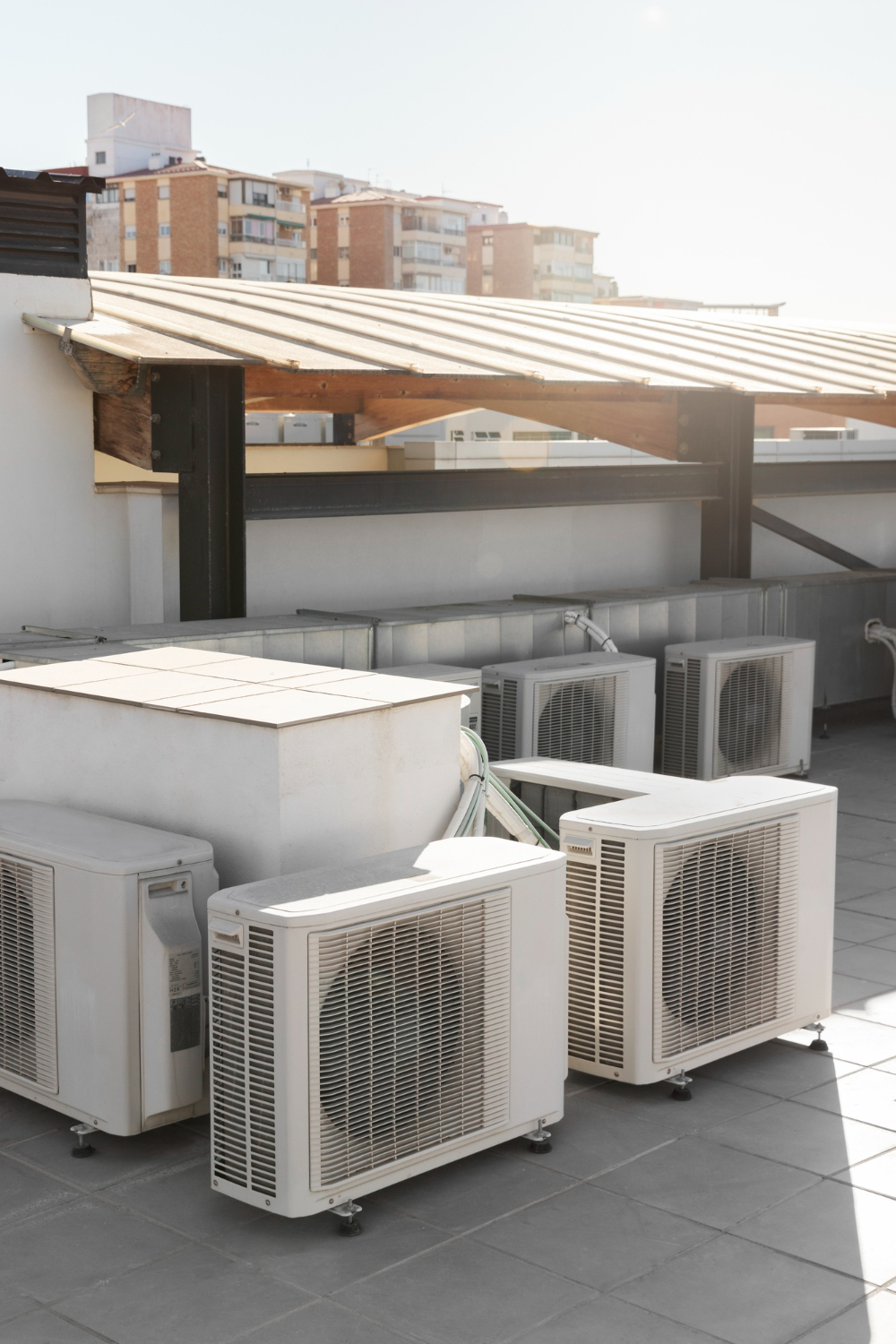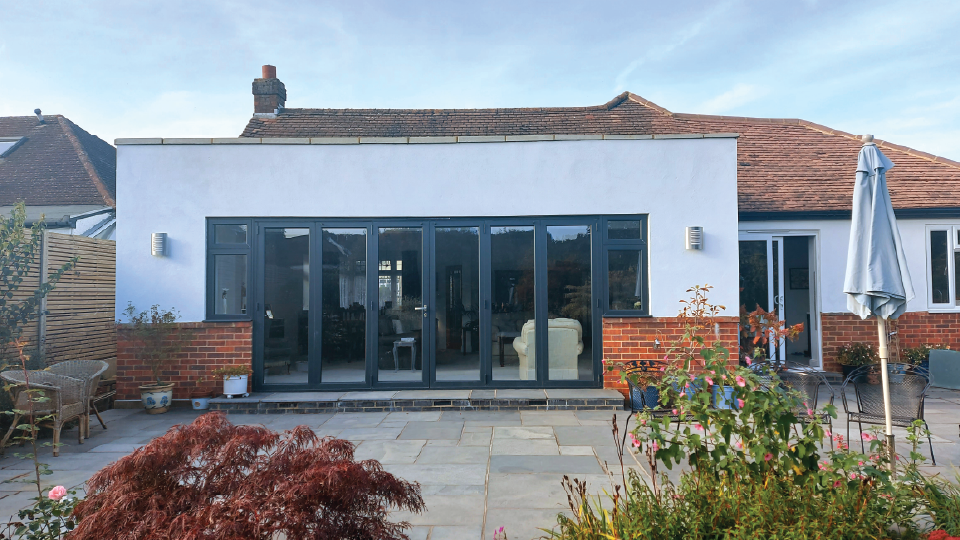Ground Source Heat Pump Technology
Source Heat Pump (GSHP) is a renewable or sustainable method of heating buildings because it only uses the heat from the ground as described below by renewable technology installer ISO Energy.
“Ground source heat pumps take heat from the ground, raise its temperature and use the energy to heat your property. Ground source heat pumps operate on the same refrigeration cycle principles as a domestic fridge, but use the cycle in reverse to generate spatial heating and domestic hot water. Ground source heat pumps can also be used to provide spatial cooling either using a passive circuit to meet low level cooling demands or using an active circuit where cooling demands are higher. Both active and passive modes can act to partially replenish the ground array and, if both heating and cooling modes are utilised, the total annualised seasonal performance factors can be very high. This can deliver excellent fuel savings and significant carbon emissions reductions”.
“The advantage of using a ground source heat pump is its efficiency. For every kWh of electricity used to power the heat pump, about three or four kWh of energy is extracted from the ground. This ratio of heat supplied to the building and the electrical energy consumed is called the Coefficient of Performance (CoP). In the simplest form, think of it as buy one get three free”.
“Ground Source Heat Pumps take solar energy stored in the ground and compress it to heat your property and/or provide hot water. The basic principles of a closed loop ground source heat pump system begin with the absorption of heat from the ground heat source. This is typically an array of pipes buried underground horizontally, vertically in a bore-hole, or even laid in a lake”.

Heat absorption is achieved by circulating water mixed with antifreeze (Glycol) through a closed collector pipework system. The temperature of the earth at one metre below ground level remains fairly consistent between approximately 6 – 12ºC throughout the year depending on geographical location and soil type. Contrary to popular belief this is stored solar energy, energy from rainfall and (in some circumstances) energy from migrating ground water, not geothermal heat from the centre of the earth”.

“A ground source heat pump installation will typically consist of a heat pump, ground collector array to absorb energy from the ground, a manifold and manifold pit for joining it all together, circulation pumps to move the energy around the system, various automatic and manual valves, an expansion vessel, a buffer tank to store the energy, a hot water cylinder for heating domestic hot water and a weather compensated control system to make it all work”.
RECENT PROJECTS
At Greenway Associates, we have completed over 2,000 architectural design projects





